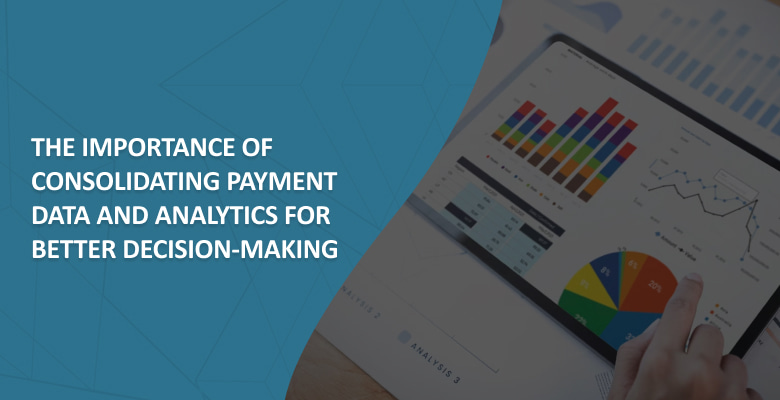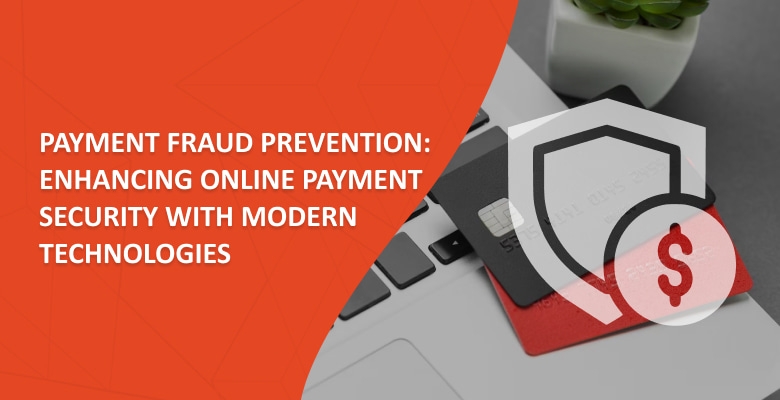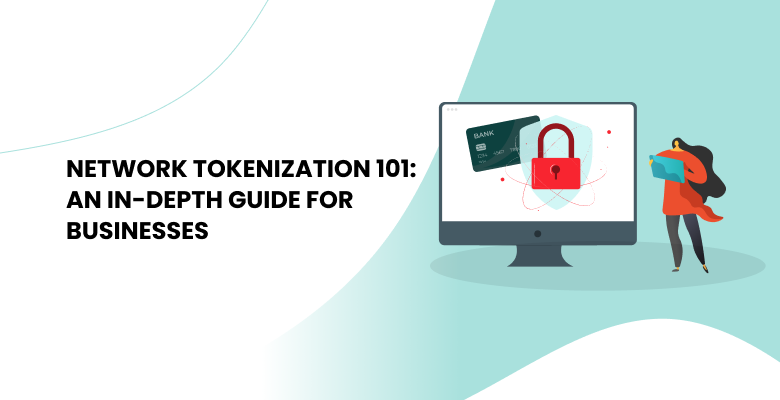
The days when it was enough to offer your clients a couple of the most popular card payment methods to fulfill their expectations are long gone. In today’s fast-paced and dynamic business landscape, you should be able to cater to diverse customer preferences to increase your revenue and contribute to your business’s overall growth. Putting it into practice can be done through payment analytics for business growth, which includes analyzing your customers’ payment behavior, offering them the most relevant payment methods, and constant monitoring of the payment flow.
Payment analytics technology has simplified the task at the hands of merchants. In this article, we’ll delve into the significance of payment analytics and consolidated payment data for online businesses’ revenue, providing a comprehensive overview of its main benefits. Also, we will explain the basics of this technology and provide practical insights into implementing it effectively in your business operations. Buckle up, and let’s go!
Why consolidated data and payment analytics matter for your decision-making
To illustrate why consolidated data and payment analytics hold immense value, let’s analyze different payment systems on merchants’ websites.
In the first case, the merchant has one payment service provider that supports several payment methods and offers a simple admin panel without analytics technology. If a merchant operates exclusively within a country where these payment options are top-rated, they can conduct their business without encountering any issues related to payment conversion initially. However, when their business expands over time, serving more people from different countries, they will face the fact that conversion will become lower as the offered payment methods will be inconvenient for people from other regions. Moreover, it is worth noting that a certain proportion of transactions will experience soft declines, chargebacks, and refunds from customers. As a result, if the merchant cannot identify the reasons behind these issues through payment analytics, they will face challenges in pinpointing the underlying cause for the low conversion and approval rate and bank relations.
In contrast, a merchant in the second case works with five payment service providers that offer them multiple payment methods. Given many available payment options, it becomes challenging for a merchant to identify which ones hold the utmost relevance to their customers’ preferences and needs. Plus, if there are chargebacks, refunds, or a reduced approval rate, they can find the cause of these issues only by manually checking the admin panels of all payment providers. Therefore, they will require their own payment team to monitor the admin panels of various payment service providers constantly. Furthermore, to gather comprehensive statistics on payment methods, sales, fraudulent activity, and other information, the merchant must download the data from the systems of each payment provider manually and then process it by themselves.
Consequently, both merchants miss out on potential revenue as they cannot identify shortcomings within their checkout, thus hindering their ability to make necessary improvements and optimize their earnings.
To simplify data consolidation and analytics for merchants, advanced payment software providers offer built-in payment analytics that addresses the needs of various businesses.
What is built-in payment analytics?
Built-in payment analysis is technology integrated into a payment system that enables merchants to access automatically collected information from all payment channels effortlessly and in one place. This feature gives businesses a comprehensive overview of their payment activities, allowing them to gain valuable insights and actionable data without manual data collection and maintenance.
With built-in payment analytics, merchants can monitor real-time transaction data and track their sales, identify payment trends and preferences, detect shortcomings and fraudulent activities, and make data-driven decisions to optimize payment processes and improve overall business outcomes.
Key advantages and possibilities of built-in payment analytics
Built-in payment analytics offers remarkable opportunities for a deeper understanding of business performance. By leveraging built-in payment analytics, you can:
Keep track of sales
To enhance your business performance and foster expansion, merchants need to dive into the dynamics of your sales. Payment analytics can help them understand where their income comes from and which countries bring it the most. By understanding their customers better, merchants can tailor business strategies and identify high-value customers for targeted efforts. Analytics also tracks and analyzes key performance indicators related to sales, such as total sales volume, growth over time, etc., to measure progress against goals and determine areas for improvement.
Identify payment trends
Merchants can effectively identify payment trends by examining the preferred payment methods in each region they cover. Suppose you currently provide card payment options as the primary payment option in all regions. By leveraging payment analytics and gaining insights into customer preferences, you can discover the areas that prefer digital wallets and mobile payments and start offering them one-click payments and alternative payment methods. By doing so, you can generate increased interest among customers, enticing them to choose your website among competitors.
Manage chargebacks and refunds
Built-in payment analytics monitors chargebacks and refunds, providing merchants with detailed information about chargebacks and refund requests. Merchants can leverage this information to track these requests, gain insights into refund trends, reasons, and patterns and identify opportunities to optimize their chargeback and refund policies and processes. Also, payment analytics can help merchants maintain compliance with chargeback and refund regulations imposed by card networks and financial institutions to avoid fines and reputational damage.
Prevent fraudulent transaction
By analyzing various parameters, payment analytics can identify patterns associated with fraudulent activities. This data can help merchants recognize and prevent fraudulent transactions before they occur. It is done by setting up their own anti-fraud rules to automatically flag or block transactions that exceed a certain risk threshold. As a result, by efficiently identifying and blocking fraudulent transactions, merchants can protect their revenue, reputation, and customer trust.
How Akurateco’s cutting-edge payment analytics can benefit your business
To implement effective payment analytics, merchants can either develop this feature independently and integrate it into their payment system, requiring plenty of effort and expertise, or find a reliable payment partner that offers a ready-to-use comprehensive suite of features and payment methods.
Akurateco, a consolidated white-label payment platform developed by a team with more than 15 years of experience in online payments, is a solution with 250+ integrated payment methods and the latest payment technologies. With our built-in payment analytics tool, you can:
Streamline your payment flow
By obtaining a comprehensive understanding of your clients’ payment preferences and gaining valuable insights into transaction status, success rates, and any potential issues or errors, you can enhance the efficiency of your payment process. This involves tailoring payment methods to align with specific regions’ needs during checkout, creating anti-fraud rules, adjusting refund policies, and so on. Moreover, you can further optimize the routing path for different types of transactions, ensuring they are directed to the payment provider that is most likely to approve them.
To learn more about routing each transaction to the most suitable payment provider for a higher conversion rate, read the article below:
Payment Routing: The Ultimate Guide
Reduce the cart abandonment rate
By profoundly comprehending your customers’ payment preferences, customizing the checkout experience to align with those preferences, and effectively addressing any shortcomings in the payment process, you can significantly decrease the cart abandonment rate. As a result, customers will be more inclined to complete their transactions and successfully finalize their purchases.
Get access to transaction data via API for customizable reports
With Akurateco, you will have the flexibility not only to view basic reports within our system but also to access the transaction database via Application Programming Interface (API). Based on these data, you will be able to create custom reports using reporting tools such as Power BI with specific parameters. Also, you can save the parameters within the system and download the reports from our admin panel. As a result, you can gain an even deeper understanding of your customers’ payment process.
Improve customer loyalty
By catering to your customers’ payment needs and providing them with seamless and fast payment software, you will strengthen your brand and increase customer loyalty in the long run, leading to repeat customer purchases.
Increase revenue
Merchants can boost their profits by optimizing the payment process, addressing friction points, and making data-driven decisions. The combination of increased streamlined payment flow, reduced cart abandonment, enhanced customer satisfaction, and data-driven decision-making contributes to the ability to capitalize on revenue opportunities missed in the past.
Need a hand?
Advanced payment analytics for merchants cannot be overemphasized, as it plays a pivotal role in optimizing business performance, improving customer satisfaction, and ensuring overall success. If you want to unlock the full potential of your business with Akurateco’s built-in payment analytics, book a Free Demo with our experts and see our system in action.






